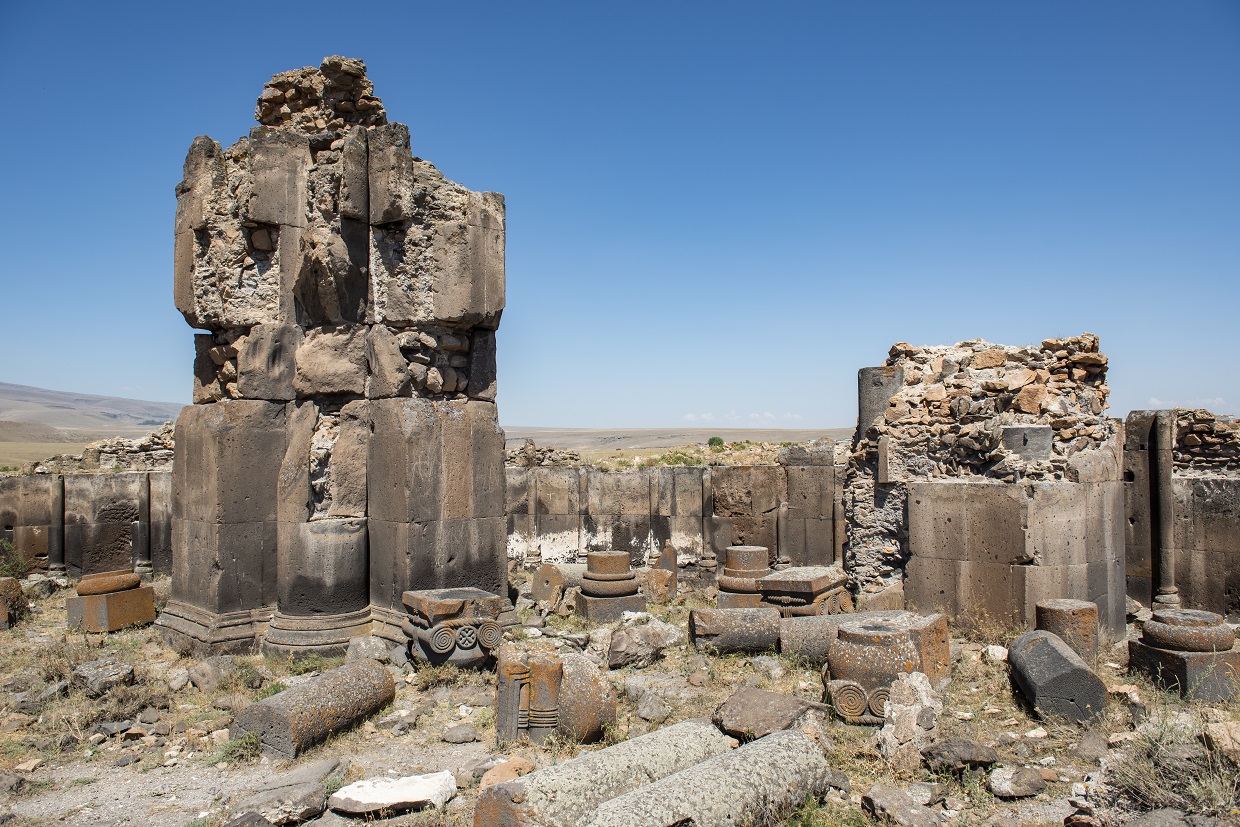
Preserving Tigrai’s Past to Empower Its Future
Tigrai is more than a region—it is a living archive of civilizations, struggles, and sacred traditions that span thousands of years. From its rock-hewn churches
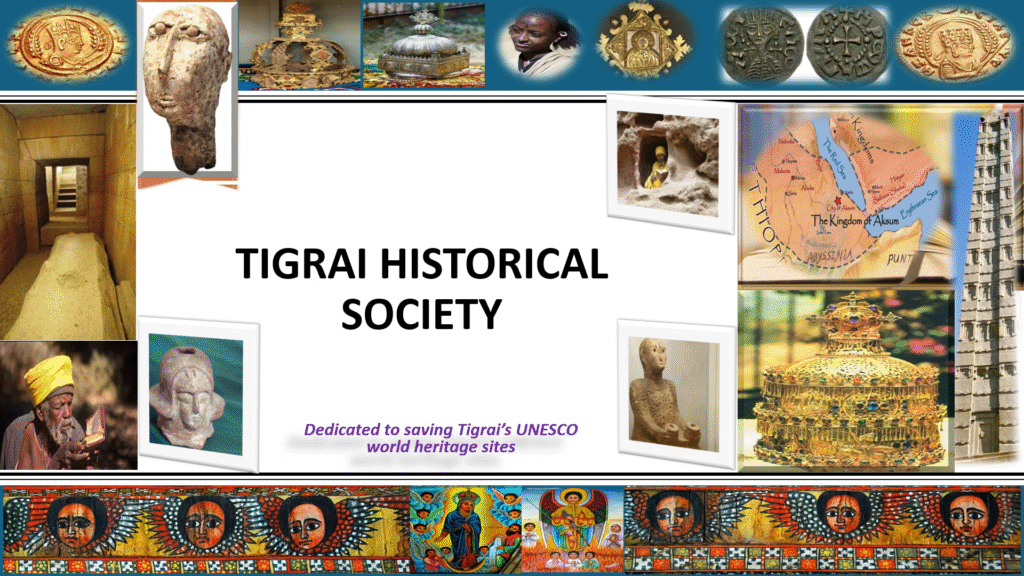



The Tigrai Historical Society is a nonprofit organization devoted to preserving, protecting, and promoting the rich cultural and historical heritage of Tigrai , Ethiopia. Home to some of the world’s most ancient civilizations, sacred churches carved into rock, and invaluable manuscripts, Tigrai holds a unique place in global history. Our goal is to ensure that this extraordinary legacy is not only safeguarded but also shared widely with both current and future generations.
We envision the society as a vibrant center for knowledge, education, and cultural pride—a place where the past comes alive to inform the present and inspire the future. Through dedicated research, community engagement, and international collaboration, we work to document historical landmarks, support academic inquiry, and elevate public understanding of Tigrai’s heritage. We are committed to engaging the local community, the diaspora, and global audiences alike by providing access to curated resources, exhibitions, and educational content that highlights the region’s historical and cultural contributions.
Our work goes beyond preservation; it is about creating meaningful connections between history and humanity, and between Tigrai and the world. As we build partnerships with scholars, institutions, and global organizations, we remain focused on one purpose: to honor the legacy of Tigrai by ensuring its stories, sites, and cultural traditions endure for generations to come.
The Tigrai Historical Society was born out of a deep sense of responsibility to preserve a history that has long been overlooked, undervalued, or at risk of being lost. Witnessing the neglect and destruction of sacred sites, ancient manuscripts, and cultural landmarks in Tigrai , a group of concerned individuals came together with a shared vision: to protect and celebrate the region’s unparalleled heritage. What began as a passion project has grown into a dedicated effort to document, preserve, and promote the stories, traditions, and achievements of Tigrai for both present and future generations. The society stands as a response to the urgent need for cultural preservation, a tribute to the resilience of Tigrai an identity, and a beacon of pride for the people of Tigrai and their global diaspora.
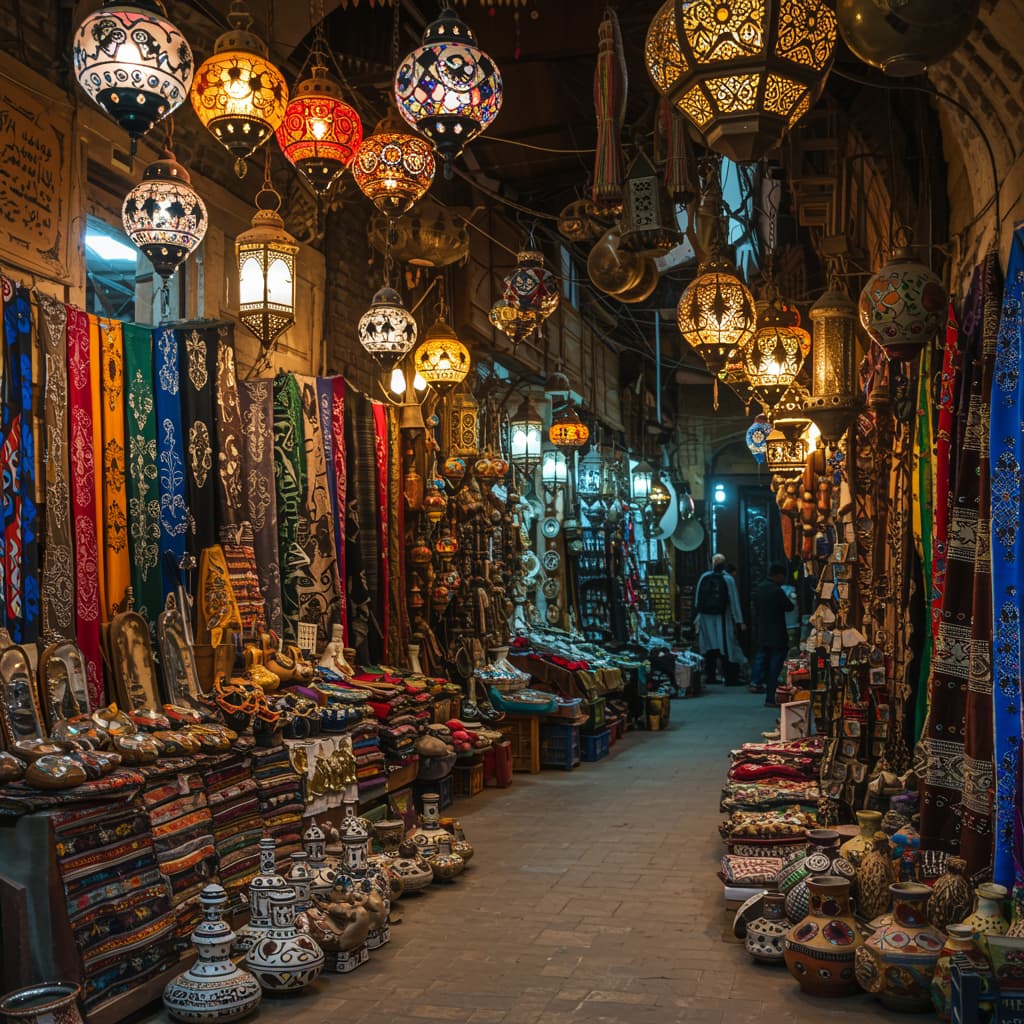
To safeguard Tigrai’s cultural landmarks, oral histories, and sacred traditions for future generations while sharing them globally.
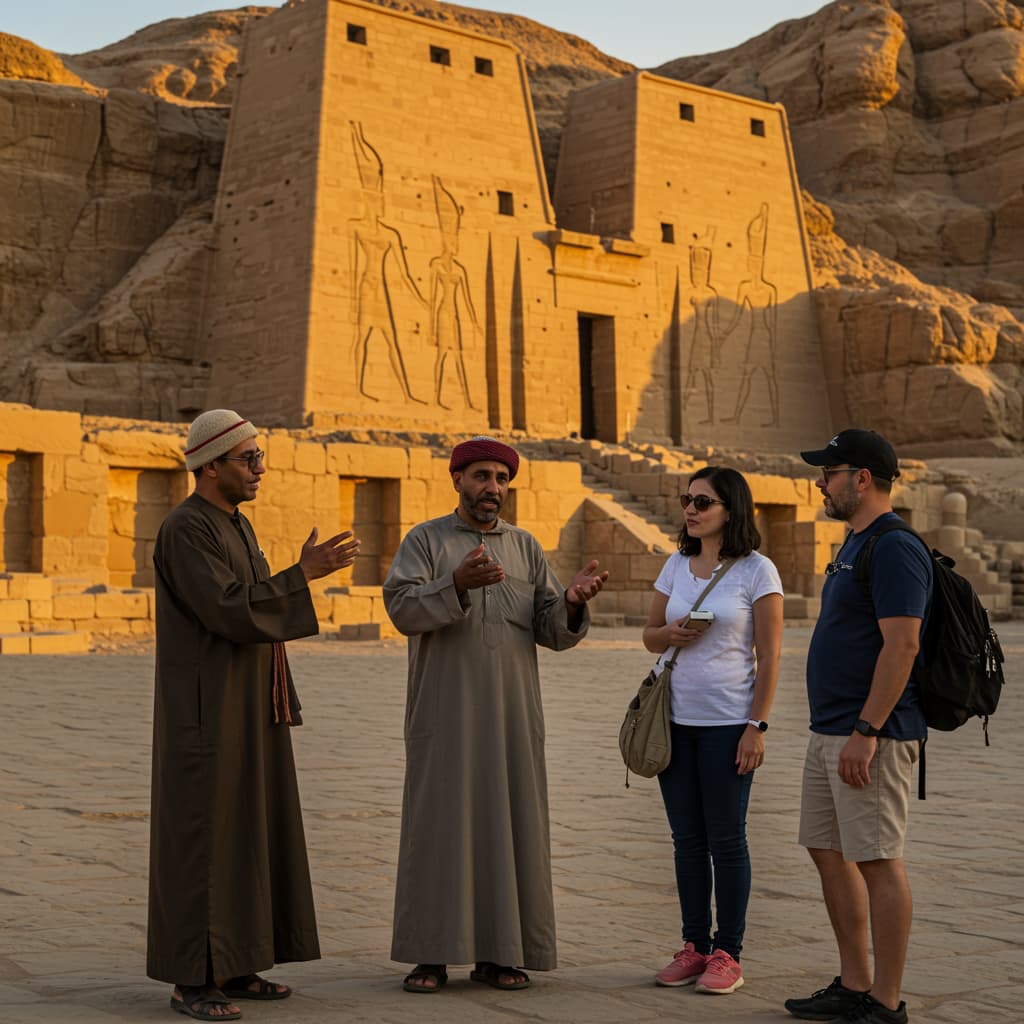
To be a trusted cultural hub for scholars, communities, and institutions embracing Tigrai’s unique legacy.
Composer, scholar, and pioneer of musical notation, Saint Yared was born in Axum, Ethiopia on April 25, 505 AD. Little is known regarding his family background but scholars suggest he was part of the Axum priesthood. Yared studied intermittently throughout his life starting at the age of six. Legend has it that Yared had an epiphany while observing a caterpillar that was adamant in climbing to the top of a tree despite numerous failed attempts. His experience observing nature inspired him to maintain focus with his studies of the Holy Scriptures.
During his third return to seminary Yared came into his full intellectual potential and composed a system of musical notation. He had developed a passion for music and authored several religious hymns and songs. Each composition is based on a combination of local traditions and the concept of the Holy Trinity. He divided his hymns into four segments representing the four seasons of the year, winter, summer, spring, and autumn, each with their own melodies. Yared compiled these works into a pamphlet he called The Book of Digua (chants of sorrow and tearful songs in the language of Ge’ez). He organized his compositions into three modes (displaced major scales) reflecting the Holy Trinity. In his composition “Deggua Yared” he created ten musical tones with notation.
Yared’s musical notation was developed centuries before the European seven-letter based system, although there is some evidence of notation in ancient Mesopotamia. With Yared’s three mode compositions, he formed the following ten notes: Yizet, Deret, Rikrik, Difat, Cheret, Qenat, Hidet, Qurt, Dirs, and Anbir. His composition consisted of dashes, curves, and dots each having a particular meaning.
Saint Yared died in 571 at the age of 66. All of Yared’s innovations were developed through a combination of formal study and experiences he had in and with nature. His work expressed a form of musical syncretism. Although not well known outside of Ethiopia, Yared is a major innovator in the development of medieval music.

Highlighting current events, local initiatives, and cultural developments within Tigrai, we keeps the world informed about the region’s resilience, progress, and the ongoing efforts to preserve its heritage.
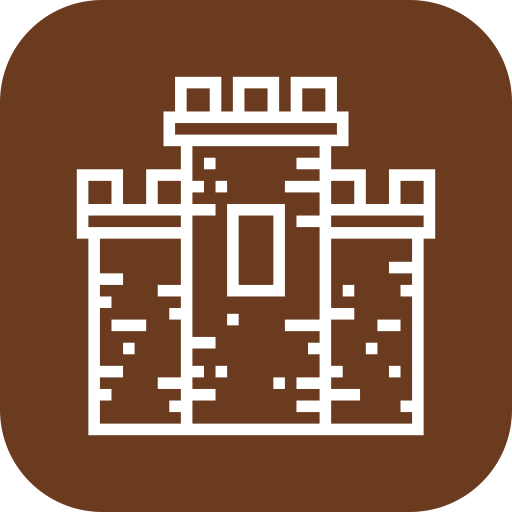
Focusing on the national landscape, we explores how wider events in Ethiopia—political, social, and cultural—impact Tigrai and its people, offering context to historical and modern-day challenges.

Capturing the contributions, experiences, and movements of the Tigrai's diaspora around the world, emphasizing their role in advocacy, preservation, and the global Tigrai's identity.
The ruins of the ancient city of Aksum are found close to Ethiopia’s northern border. They mark the location of the heart of ancient Ethiopia, when the Kingdom of Aksum was the most powerful state between the Eastern Roman Empire and Persia. The massive ruins, dating from between the 1st and the 13th century A.D., include monolithic obelisks, giant stelae, royal tombs and the ruins of ancient castles. Long after its political decline in the 10th century, Ethiopian emperors continued to be crowned in Aksum.
Situated in the highlands of northern Ethiopia, Aksum symbolizes the wealth and importance of the civilization of the ancient Aksumite kingdom, which lasted from the 1st to the 8th centuries AD. The kingdom was at the crossroads of the three continents: Africa, Arabia and the Greco-Roman World, and was the most powerful state between the Eastern Roman Empire and Persia. In command of the ivory trade with Sudan, its fleets controlled the Red Sea trade through the port of Adulis and the inland routes of north eastern Africa.
Ethiopic alphabet, writing system used to write the Geʿez literary and ecclesiastical language and the Amharic, Tigre, and Tigrinya languages of Ethiopia and Eritrea. Apparently derived from Sabaean, a South Semitic script, the Ethiopic script probably originated in the early 4th century ad; it is unclear whether Ethiopic resulted from a gradual evolution of the Sabaean script or whether it was invented deliberately by some individual who used the Sabaean script as a model. Current opinion is that the letters were derived gradually from Sabaean, while the vocalic (vowel) markings used with the letters were the work of a single individual. Inscriptions from the 4th century occur in the Geʿez language both in Sabaean and in varieties of the Ethiopic script.
The Ethiopic alphabet consists of 26 letters, all representing consonants, which may be transformed into syllabic symbols by the attachment of the appropriate vocalic markers to the letters. The 26 letters are derived from 24 of the 28 letters in Sabaean, plus added letters to represent the p sound, which did not exist in the Sabaean language. The direction of writing, unlike that of Sabaean and the other Semitic languages, is from left to right; this is probably a result of Greek influence.
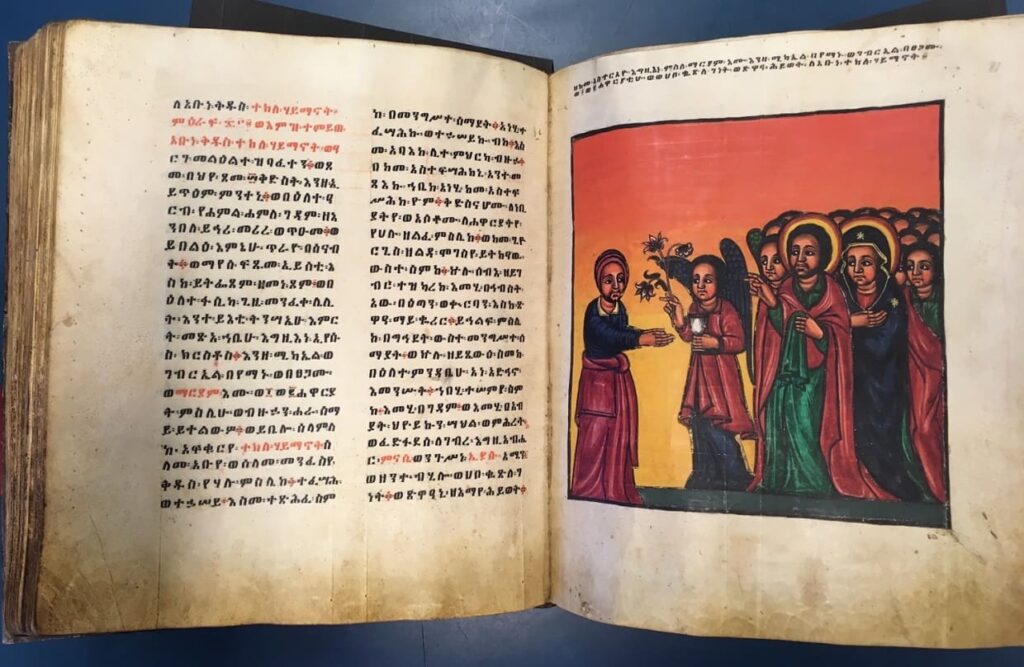
Our books tell the stories of Tigrai’s people, places, and past—crafted with research, reverence, and responsibility. Purchase or explore them here to support our preservation work.

We collect and preserve a wide range of materials—books, research papers, poetry, oral histories, and more—that reflect the depth and diversity of Tigrai’s cultural and historical identity.

This platform highlights the contributions of scholars, writers, artists, and community members whose work captures the spirit, struggles, and strength of Tigrai ‘s life—past and present.

By making these cultural works accessible to all, we aim to educate, inspire dialogue, and strengthen the connection between generations within Tigrai and across the global diaspora.
We are actively restoring Tigrai ‘s historic churches, monuments, and landmarks to preserve their cultural value, architectural beauty, and historical significance for both present communities and future generations to cherish.
We are digitizing ancient manuscripts, oral histories, and cultural artifacts to build a comprehensive, accessible archive that protects Tigrai ‘s heritage and promotes historical awareness, education, and global cultural engagement.
We collaborate with scholars, institutions, and cultural organizations worldwide to promote Tigrai’s heritage, support preservation efforts, encourage research, and amplify awareness of its historical and cultural contributions globally.
We connect with the Tigrai’s diaspora to collect stories, share knowledge, and inspire cultural pride through programs that preserve traditions and strengthen ties across generations, borders, and global communities.
The Rock-Hewn Churches of Gheralta in Tigrai stand as remarkable examples of ancient craftsmanship and spiritual devotion, carved into sheer cliffs centuries ago. These sacred sites face increasing threats from weathering, neglect, and conflict-related damage. The Tigrai Historical Society is working diligently to safeguard these architectural treasures through restoration partnerships, structural assessments, and digital documentation. We are also engaging local communities and scholars to raise awareness of their significance, while advocating for international recognition and support to ensure that these awe-inspiring monuments endure for future generations.
Your contribution helps preserve the rich cultural and historical heritage of Tigrai —its ancient churches, sacred manuscripts, and timeless traditions. Every donation supports restoration efforts, educational programs, archival preservation, and community outreach, both in Tigrai and across the diaspora. With your support, we can safeguard a priceless legacy and share it with the world. Be a part of history. Donate today and help us keep the story of Tigrai alive for generations to come.
A cultural reservoir, educational platform, and global voice for the preservation of Tigrai’s world-class historical heritage.

Tigrai is more than a region—it is a living archive of civilizations, struggles, and sacred traditions that span thousands of years. From its rock-hewn churches
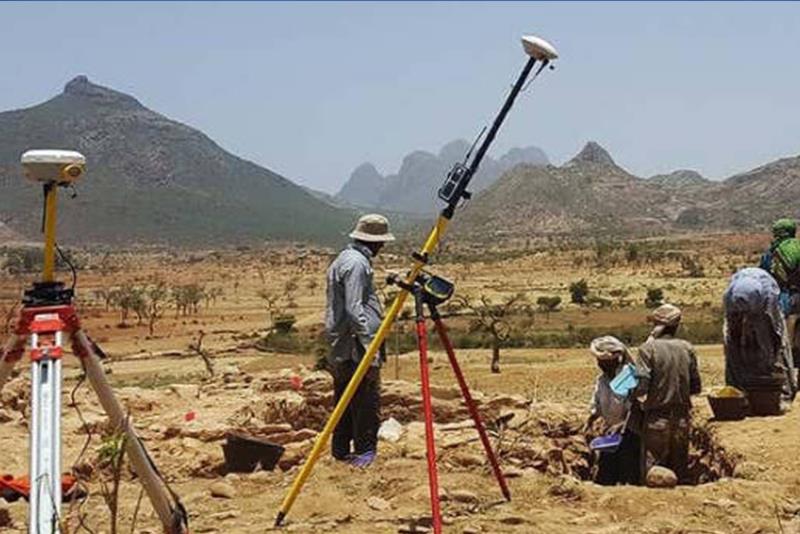
A groundbreaking archaeological discovery in Ethiopia has captured global attention and shed new light on the origins of Christianity in Africa. The remains of an
The Awash valley contains one of the most important groupings of palaeontological sites. The remains found at the site, the oldest of which date back at least 4 million years, provide evidence of human evolution which has modified our conception of the history of humankind.
